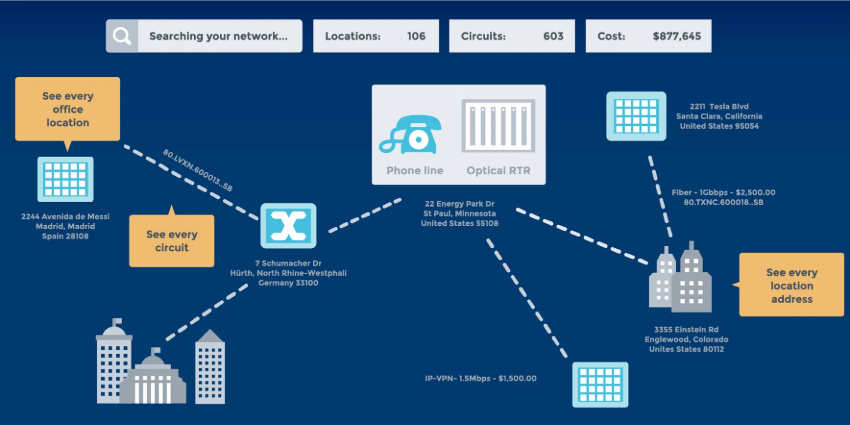[vc_row][vc_column width=”2/3″][vc_column_text]An agile technology platform can help your company deliver on your digital transformation objectives. Businesses are engaging with various different approaches towards Digital Transformation (DX) to remain relevant in face of external pressures. As soon as 2020, 47% of all sales will be influenced by digital channels, as shown in this Forrester Infographic, a startling fact that signifies that agility has become is imperative to the success of any business looking at successfully competing in a rapidly changing environment. The aim for all of us is to become an organisation that can respond to new opportunities or competitive threats as quickly and effectively as possible. Organisations that are unable to change quickly are the ones bound to be slow to capturing market shifts and face the threat of becoming irrelevant.
How do you respond to this trend and remain competitive? The key to any successful DX is the ability to ensure you’re adaptable and operating effectively in the ‘present’, which means your company should not only think with an agile mindset but also possess an agile technology platform to respond to demand and communicate with customers.
The agile process in technology is a concept businesses are beginning to adopt in order to introduce new applications for the digital age. Agility helps your company adopt digitisation by taking small cost effective steps for trial and error as the world around it continuously moves the goal post. This process of ‘try and if you don’t succeed, try again’ means a global five-year fixed term strategy is no longer appropriate for the world in which we now operate. Your customers move fast and change their habits which means it’s almost impossible to keep track. Businesses need to be nimble and fast in their approach, constantly thinking
‘How I can communicate with the customer and capture their needs to deliver what they want?’
The major challenge on this path to application development is arriving at consensus across the company. Obtaining agreement early in the process from the involved business units not only enables you to design the right solution for the right team but also helps to minimise the times you go wrong, and achieve financial buy-in from your internal stakeholders from the get go. This makes total sense: an agile organisation ultimately empowers its local units and geographies to be more responsive and adapt to local customer trends, creating the right mix of bureaucracy with nimbleness and innovation.
Once you have buy-in, what are the characteristics of an agile platform? Adopting an agile process is only made possible if your technology platform has three characteristics: openness, modularity and extensibility. Your platform should support the design, creation and deployment of advanced applications, without developers having to acquire specialised communications expertise.
- An open platform will be much easier for your organisation to leverage and integrate with virtually any third-party data and applications
- A modular platform allows you to select a range of capabilities over time to meet your company’s goals and initiatives and drive business results that will change over time
- An extensible platform is something your organisation can expand and adapt as your business changes, shaping new, innovative and differentiated customer and employee experiences, as well as accommodating new and future requirements
Guest Blog by Peter Kamm, Consulting Sales Engineer, Global Accounts at Avaya
CASE STUDY: Swegon Germany GmbH
Swegon is one such company that benefitted from an agile platform. In Germany it is one of the leading suppliers of integrated systems solutions for creating a healthy and comfortable indoor climate. Swegon employs 2,200 people with an annual turnover of approximately 420 million euros.
The company needed a way to communicate across multiple locations so that sales people could stay connected while on the road. There was also a challenge to reduce the burden on the company’s lean IT team and after researching the IT market, Swegon chose to implement Avaya’s Managed Services solution, which embodies all three key characteristics, gathering information from a variety of channels on a unified user interface.
This constitutes a huge increase in the ability to provide information to customers, and with SIP protocol and Avaya Session Border Controller, cell phones can also be integrated where needed into the nationwide communication network and to compliment this, a virtualised Avaya Aura platform and video conference solution was introduced to facilitate cross-site collaboration.
The Managed Services solution provides a flexible ongoing evolution for the company. The load on IT is lightened, allowing it to focus its energies on its core tasks.
Commenting on the new-look IT system, Marcel Bajramovic, IT systems administrator at Swegon Germany, said:
“Today we take care of 200 workstations and our nationwide IT for Swegon with only two staff members. Without Avaya’s Managed Services it would be inconceivable.”







